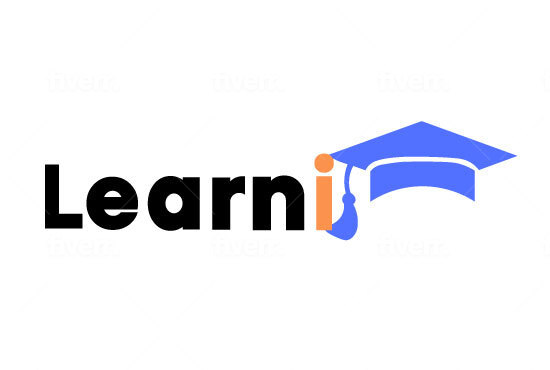Setting Up Make.com and WordPress Integration
Installing the WordPress Connector
The first crucial step in automating WordPress posts through Make.com is installing the WordPress connector plugin. This plugin establishes a secure connection between Make.com and your WordPress site, enabling seamless content publishing.
Once installed, you’ll need to configure the API key settings. This involves accessing your Make.com account, retrieving your API key, and entering it along with your WordPress REST API base URL (yoursite.com/wp-json/).
Establishing the Connection
After installing the plugin, create a new module in Make.com and select the WordPress connection option. Enter your API credentials and test the connection to ensure everything is working properly.
This one-time setup creates a permanent connection, allowing for future one-click uploads to WordPress without additional configuration.
Testing the Integration
Before proceeding with automated posting, it’s essential to test the connection by creating a simple test post. This helps identify and resolve any potential issues early in the setup process.
Successful testing ensures that your automation workflow will function smoothly when implemented at scale.
Direct ChatGPT to WordPress Publishing
Configuring ChatGPT Integration
The direct publishing method involves setting up an OpenAI module in Make.com to generate content through ChatGPT. This requires proper JSON formatting and markdown configuration to ensure clean HTML output.
Configure the ChatGPT prompt to generate both titles and content in the correct format, specifying markdown ATX formatting for proper heading structure.
Managing Featured Images
Automated featured image generation can be achieved by integrating DALL-E or similar AI image generation services. The process involves creating a separate module to generate and upload images based on the post title.
Proper media handling ensures that each post includes relevant, high-quality featured images that enhance the content’s visual appeal.
Content Formatting and Structure
Implement markdown to HTML conversion to maintain proper formatting when publishing to WordPress. This ensures headers, paragraphs, and other formatting elements appear correctly on your site.
Regular testing and refinement of the formatting process helps maintain consistent post quality and appearance.
Google Docs Workflow Integration
Setting Up the Review Process
For content that requires review before publishing, implementing a Google Docs workflow provides an intermediate step. This allows for manual editing and approval before content goes live on WordPress.
Configure the workflow to save both the content and associated media files in Google Docs for review.
Content Transfer and Formatting
When transferring content from Google Docs to WordPress, use the HTML download option to maintain formatting. This ensures that your edited content appears exactly as intended when published.
Proper mapping of document elements and handling of embedded media ensures a smooth transition from Google Docs to WordPress.
Automation Management
Implement proper error handling and logging to maintain a reliable automation system. Regular monitoring helps identify and resolve any issues that may arise during the content publishing process.
For those interested in mastering these automation techniques, Futurise offers a comprehensive ChatGPT Course – Become a Generative AI Prompt Engineer. Sign up for a free trial at https://app.futurise.com/users/sign_up to enhance your automation skills.
